White Mold Risks in 2019
In a year with delayed planting and struggles to get the crop planted I thought about changing my topic from Sclerotinia stem rot (Soybean [...]
PODCAST: Are Your Soybeans Stressed?
The recent wet weather has caused planting problems for Illinois growers. If you were lucky enough to soybeans planted, how much stress is your [...]
Impact of Delayed Planting on Soybeans
As rain and cool conditions have delayed planting for many growers across Illinois and the Midwest, I’ve been having more than a few conversations [...]
Should I change to an Earlier Maturity Corn Hybrid?
Every soybean producer in Illinois is also a corn producer. And one of the commonalities about farming in Illinois is that sometimes it will [...]
When Planting Early does More Harm than Good
Every meeting this winter presenters talked about planting soybeans early. We must remember that the first major factor in raising any crop is the [...]
How to Manage Volunteer Corn
With more acres of soybeans being planted and more dropped ears during corn harvest, volunteer corn is becoming a larger issue for Illinois growers. [...]
Specialized Dicamba Products for Soybeans
Engenia® Herbicide, XtendiMax® With VaporGrip® Technology or FeXapan™ Herbicide Plus VaporGrip® Technology in Roundup Ready 2 Xtend® Soybeans Engenia, XtendiMax With VaporGrip Technology and [...]
Identifying Dicamba Symptomology and Yield Impact on Non-Dicamba Tolerant Soybeans
Dicamba Symptomology and Yield Impact on Non-Dicamba Tolerant Soybeans In 2016, many states saw a rapid increase in acres planted to dicamba-tolerant soybeans. Many [...]
Identifying Dicamba Symptomology and Yield Impact on Non-Dicamba Tolerant Soybeans
In 2016 many states saw a rapid increase in acres planted to dicamba-tolerant soybeans. Many of these states experienced numerous cases of dicamba off-target [...]
Planning Soybean Populations with Delayed Planting
We experienced one of the wettest springs on record across Illinois. This delayed planting and caused some replant conditions this season as well. With [...]

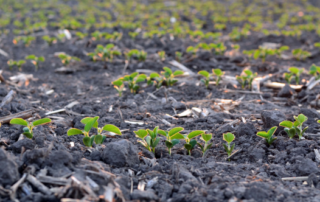
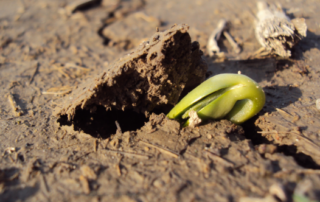
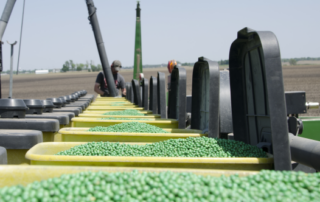
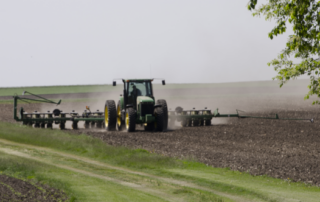
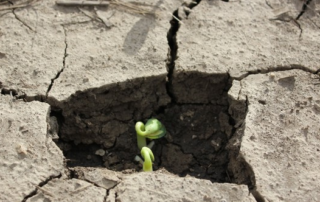
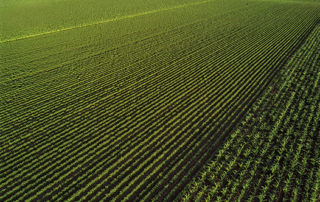
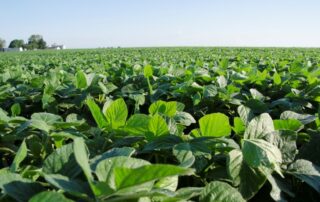
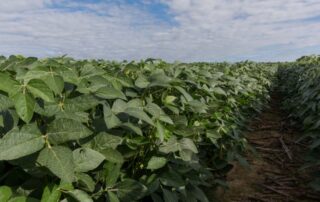
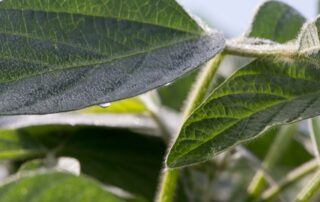
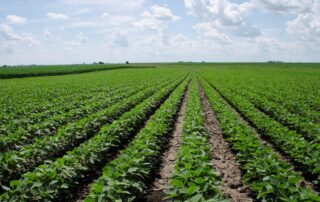

 and then
and then